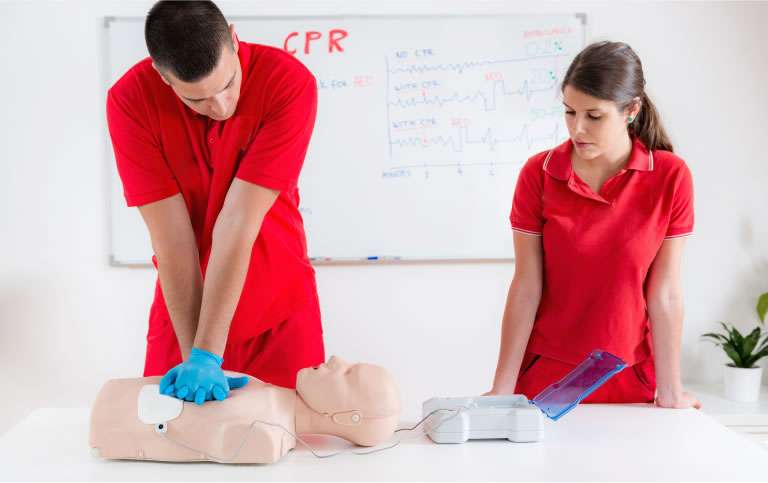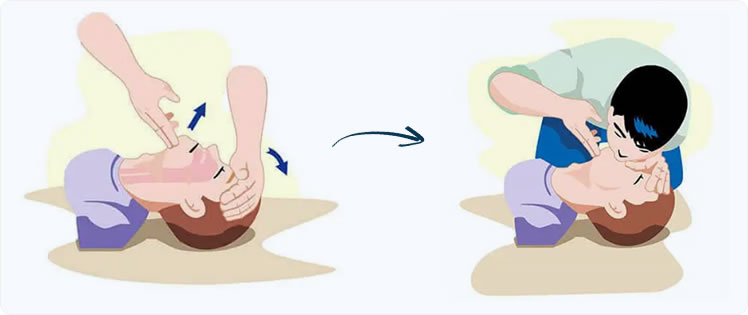CPR, First Aid, BLS, ACLS, PALS certifications.


Get certified online with our CPR/AED and First Aid Combo Course—designed for healthcare professionals and covering Adult, Child, and Infant care. Complete it in just 1–2 hours for instant 2-year certification, unlimited quiz retakes, and a free mailed wallet card.
| Chapters | CE Credits | Validity | Cost | Duration | ECC | Exam Attempts | Wallet Card |
|---|---|---|---|---|---|---|---|
| 25 | 6.0 | 2 Years | $36.95 | 1-2 Hrs | Compliant | Unlimited | Download/Print/Mail |
Once you’ve completed 30 chest compressions, the next critical step in Adult CPR is to open the airway and give 2 rescue breaths. When you’re able to provide effective breaths, you increase the victim’s chance of survival even more.
If the chest doesn’t rise, don’t keep trying. Go right back to chest compressions and continue using the 30:2 ratio. Keep interruptions between compressions and breaths under 10 seconds.

Note – COVID-19 Update (2021 Interim Guidance):
Some lay rescuers may be reluctant to give rescue breaths due to the risk of disease transmission. If that’s the case, hands-only CPR (continuous compressions) is still encouraged.
This chapter is part of your Online CPR/AED and First Aid Course and builds the skills you need to deliver safe and effective rescue breaths in a real emergency.